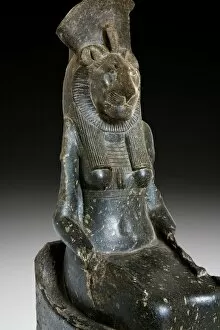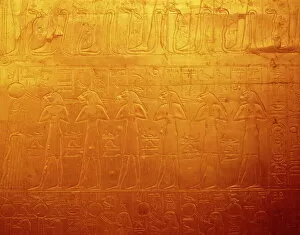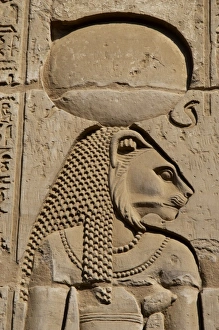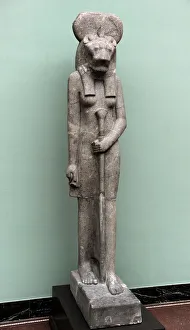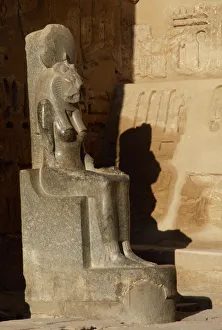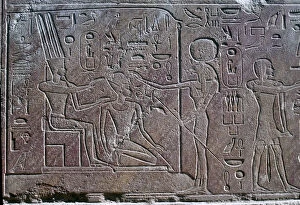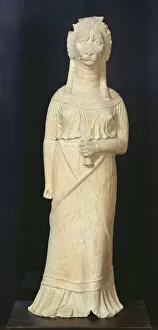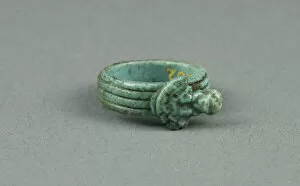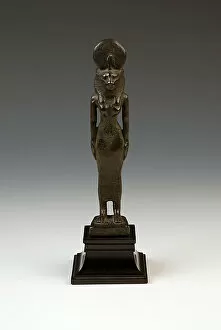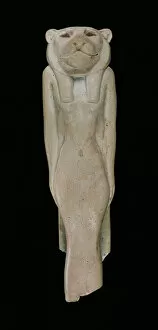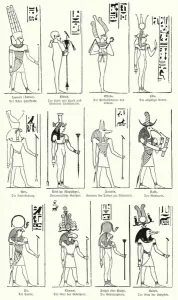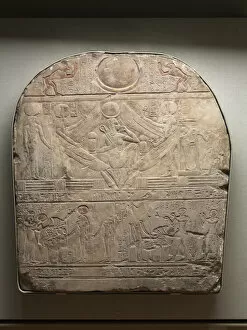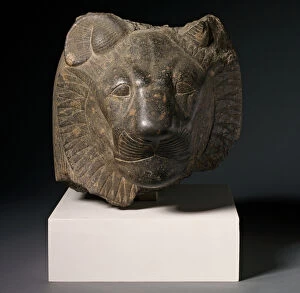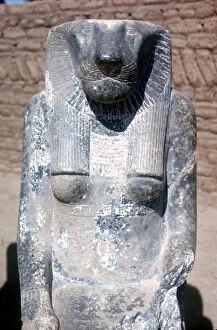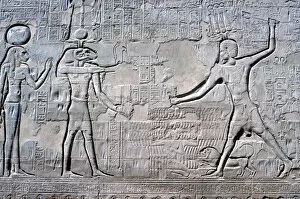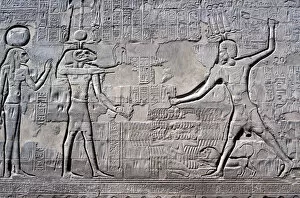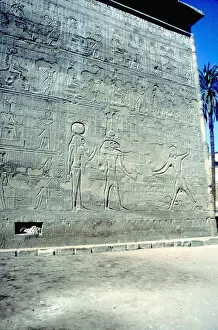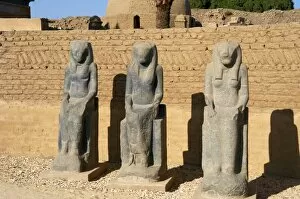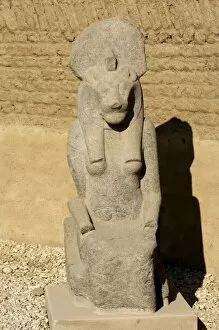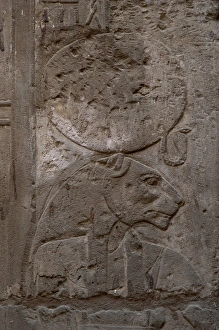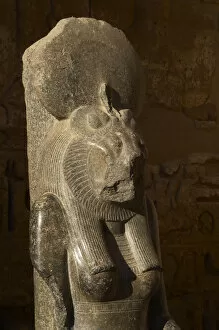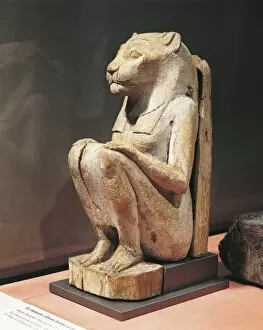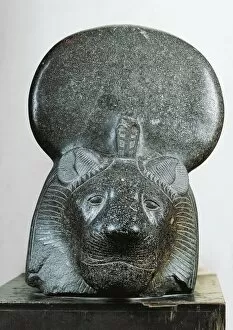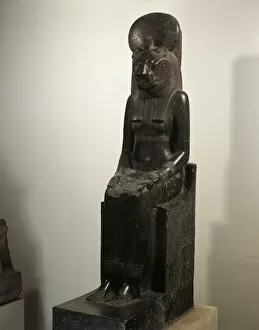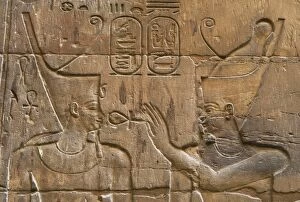Sekhmet Collection
Sekhmet, the powerful lion-headed Goddess of ancient Egypt, continues to captivate us with her fierce and awe-inspiring presence
All Professionally Made to Order for Quick Shipping
Sekhmet, the powerful lion-headed Goddess of ancient Egypt, continues to captivate us with her fierce and awe-inspiring presence. From the intricate detail of Sekhmet's frieze on the shrine of Tutankhamun at the Cairo Museum to the majestic statue found in Medinet Habu, her divine essence is beautifully preserved in Egyptian art. The Temple of Kom Ombo proudly displays Sekhmet's representation as a formidable warrior goddess, reminding us of her association with war and protection. The numerous statues scattered throughout Egypt further emphasize her significance in their culture and beliefs. One cannot help but be mesmerized by the relief depicting Sekhmet, standing tall as a symbol of strength and courage. Even in stone form, she exudes an aura that commands respect and admiration. In Bir Bou Regba sanctuary lies a lion-headed goddess statue that showcases not only Sekhmet's might but also her regal elegance. It serves as a reminder that she was not just a deity associated with warfare but also one who possessed wisdom and grace. A statuette discovered from Dynasty 26 reveals another aspect of Sekhmet's influence - Wadjet or "the Green One. " This depiction highlights her connection to healing and fertility, showcasing her multifaceted nature beyond being solely a goddess of war. The Aegis ring adorned with symbols representing both Sekhmet and Bastet demonstrates how these two deities were often intertwined in ancient Egyptian mythology. Their combined power served as guardians against evil forces during times of turmoil. Lastly, we have the figure made from bronze and wood which captures Sekhmet's enigmatic allure perfectly. Its craftsmanship reflects the reverence bestowed upon this revered deity throughout history. As we delve into these artifacts dedicated to Goddess Sekhmet, we are reminded that she was more than just an idol; she represented strength, protection, healing - embodying all aspects required for balance within Egyptian society.

